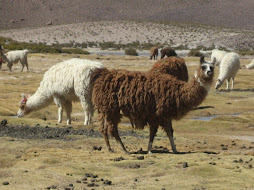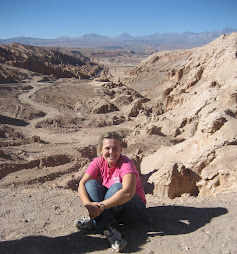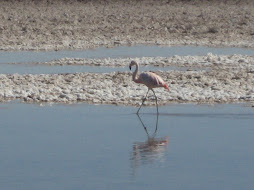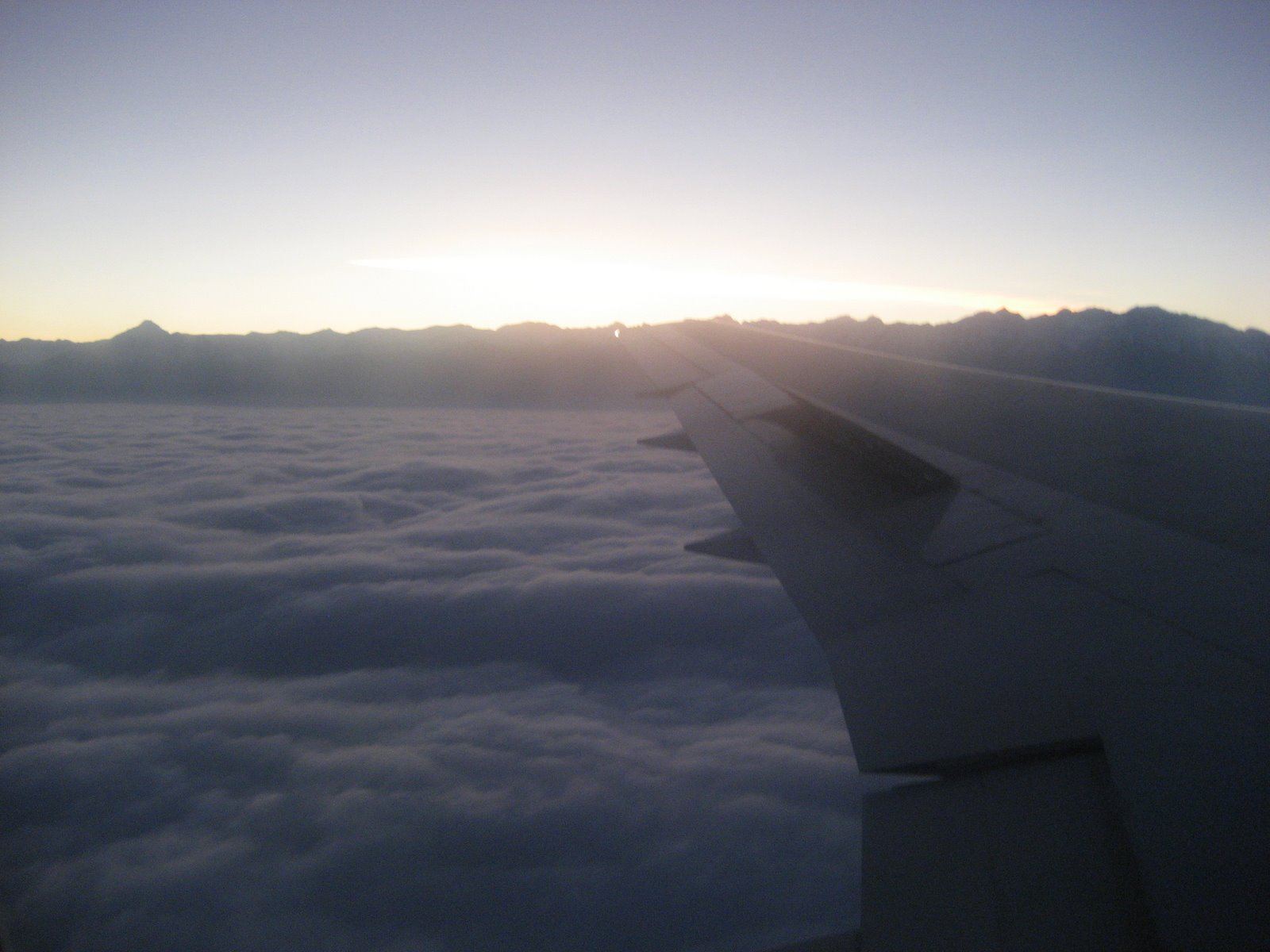Nerd alert:
There are many learning moments in elementary school that clearly stick out in my brain. I remember reading my first book- Each Peach Pear Plum (though, considering I can still recite the first few pages, I think I just memorized the words after listening to my parents read it with me so often). I remember loving spelling quizzes. (Though now I have them to blame for my bad habit of last-minute test cramming.) I also remember loving to memorize the glossary words from any subject area. One of those glossary words that I loved was "archipelago". It amused me that such a sophisticated word was used to describe such a simple concept-- it`s just a big group of islands! However, I imagined that the word originated from the age of exploration, when people had to make their adventures sound interesting and rather than saying "well first we went to another island, then we sailed through more water," they hyped up their tales, enlightening their friends about straits and channels and canals and capes and archipelagoes.
Highlights:
Fortunately, I was able to hear the lovely ring of "archipelago" this past weekend when I went down to the group of islands known as Chiloe. Yes, I was in Chiloe, Chile (Chee-low-way, Chee-lay). Confusing I know. It´s located on the Pacific Coast of the lakes region of the country, about halfway between Santiago and the bottom tip of the country.
Chiloe is apparently known for it`s unique mythological religious culture, established in the mid-1500s after the legends of local Chono and Huilliches tribes met with the Catholic Spanish conquistadors. The archipelago was also visited by Jesuit missionaries who built beautiful wooden churches on each island, trying to bring Christianity to a pagan culture. However, rather than having a foreign religion and culture invade and establish itself as the end-all, be-all, wiping wiping out the indiginous culture, Chiloe experienced a process of syncretism, by which the two cultures fused and established a new set of myths and legends. And due to Chiloe`s separation from the mainland, this culture remained on the island for centuries.
I was really intrigued by the Chilote culture and really excited to visit a place where local traditions were actually preserved and celebrated, but not exploited or turned into a Disney theme park.
I suppose I set wrong expectations for the region, because the weekend turned out to be a bit of a dissappointment.
Lowlights:
The wheels on the bus go round and round
- The island was a lot bigger than we'd anticipated and it took awhile to travel from place to place by bus. When we finally got to our destinations, explored and then wanted to get back to Castro, it was always a struggle to figure out the bus departure point (never the same as the bus drop-off point). We also ended up not going to the National Park (one of the main sights on the island) because we didn't feel like taking another 2 hour bus ride in there.
Preserved culture?
- We saw remnants of the indigenous culture (occasional posters showing pictures of the mythological characters, chilotean words scattered throughout shop names in the area); however, the museums did a poor job of explaining this history and the history is based on oral tradition so there weren't many books or anything sharing it either. Most of the preserved indigenous culture has been replaced by apartment buildings and Chilean chains like CruzVerde pharmacies and Fashion's Park [sic] clothes retailers.
Churches

- The beautiful wooden churches, especially San Francisco in Castro, were quite a treat. I've seen many a church in my day, but being inside of a wooden church was really unique and a cool representation of the syncretization of the Jesuit and indigenous cultures - building elaborate temples of worship, yet using rustic resources of the land. Many of the churches have been declared UNESCO World Heritage Sites and are receiving funding to undergo renovations, so it will be cool for visitors in a few years when those renovations are complete.

Monsoon
- This time of year is rainy season in the lakes region of Chile, so we were definitely experience to encounter some precipitation. We didn't expect a torrential downpour. But that is sure what we got! All day Friday, the sky just dumped and dumped and dumped water. And then the wind spewed that water in every which way. Definitely made our trek around the town of Ancud quite a challenge. Fortunately we had our super duper rain jackets (best investment ever) which also served as a pouch in which I stuck my purse (and looked like a pregnant lady all day).
Artesania
- I have a love/hate relationship with the word "artesanal." It is probably the most overused, misused word in South America. On every corner, someone is selling artesanal ice cream, artesanal chocolates, artesanal alfajores, or artesanal crafts. Most of the time, the artisans are located halfway around the world in Chinese factories and the same "local" goods are seen all in mass replica throughout diverse regions of the country. However, when the word is used correctly, it is an X-marks-the-spot for cool, cheap presents, fun shopping experiences and a quality opportunity to appreciate and support the local culture. We found a few quaint, true artesanal markets in which we found some great presents for our friends and families.
SEAFOOD
- Oh me oh my this weekend I ate some of the most delicious seafood of my life. For three meals, I just had salmon, but they were the biggest, freshest pieces of salmon I'd ever tasted! And the best salmon was served to me as I waited for my flight in the Puerto Montt airport!!
- In Ancud, we ate a local dish called curanto, which was simply a family-sized platter of mussels, clams, pork and native potato dumplings, served with a spicy broth.
- In Dalcahue, we ate at the Mercado Municipal, a hub where local ladies set up little kitchen stands (think small-scale Reading Terminal market) and serve cheap, delicious seafood. One day I had this seafood stew chock-full of mussels, clams and salmon for $4! It was absolutely scrumptious.
All in all, we had a fun time despite Chiloe not matching up to our original anticipations. However, if you ever head down there yourself, I'd definitely recommend going to the National Park, skipping the town of Ancud and Achao, and trying to spend some time in Puerto Varas (I didn't make it there but some of my friends stayed a day longer to explore it and had a wonderful time)
The final countdown
Okay now this weekend I am locking myself in my room to cram for finals. So yell at me to get back to work if I start talking to you. The bad news is that all of my end-of-the year stuff falls on November 17-20. The good news is that after I finish that, I'm done for the year and can check off the last few things of my Chilean to-do list!! Woohoo. Will talk to you again when I have a life.
Besos,
Lindsay
















No comments:
Post a Comment